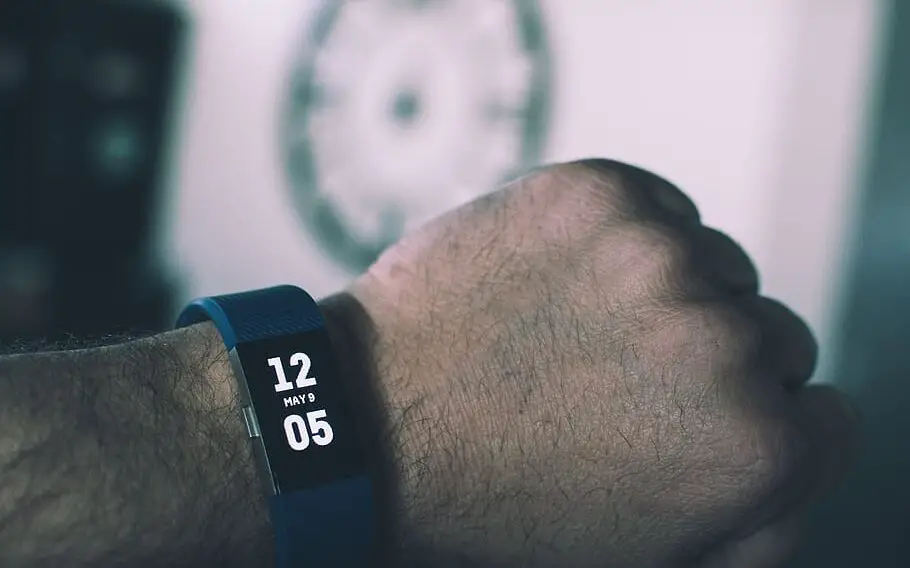As daylight savings time approaches, knowing how to adjust your Fitbit time daylight savings settings is essential. This guide breaks down each step in a user-friendly manner, making the transition seamless and straightforward.

Step-by-Step Guide to Adjust Fitbit Time Daylight Savings
Adjusting your Fitbit time for daylight savings ensures that you can keep track of your fitness goals accurately without any time discrepancies. Here we delve deeper into each step, making the process easier to navigate.
Sync Your Fitbit Device
Begin with syncing your Fitbit device to your smartphone. This is a vital step because it ensures that any changes you make on the app will be reflected on your device.
To sync, ensure your Bluetooth is on, and open the Fitbit app; your device should automatically sync.
If it doesn’t, pull down the screen to initiate a manual sync.
Check out this Google Pixel 7a smartphone on Amazon
Access the ‘Today’ Tab
Open the Fitbit app. You’ll find the ‘Today’ tab typically at the bottom of your screen. This tab gives you a detailed overview of your daily activities and is the starting point for making adjustments to your Fitbit settings.
Click on it to proceed.
Visit Your Profile
At the top left corner of the screen, you will find your profile picture.
Click on it to access a menu with a range of settings and options regarding your personal details and device configurations. This is where you can make various changes, including adjusting the Fitbit time daylight savings.
Find ‘Advanced Settings’
In the menu that appears after clicking on your profile, scroll down to find the ‘Advanced Settings’. This section contains detailed settings including time and languages among others.
Tap on it to access the different settings available for your Fitbit device.
Adjust Time Zone
Inside ‘Advanced Settings’, find the ‘Time Zone’ option. It is here that you can adjust your Fitbit to align with daylight savings time changes.
Tap on it to see the available options for adjusting the time on your device.
Disable ‘Set Automatically’
By default, the time on your Fitbit device is set automatically. However, to adjust for daylight savings, you need to disable this feature.
Find the ‘Set Automatically’ option and toggle it off. This allows you to manually set the time to correspond with daylight savings changes.
Select the Correct Time Zone
After disabling the automatic setting, a list of different time zones will appear.
Scroll through to find and select the time zone that corresponds to your current geographical location, keeping in mind the daylight savings adjustment.
Ensuring the correct time zone is selected is vital for accuracy in time display.
Resync Your Device
Now that all necessary adjustments have been made, it’s time to sync your Fitbit device again to apply the changes.
Click on the ‘Sync Now’ option to make sure all the changes are applied successfully.
Once synced, your Fitbit device should now display the correct time, taking into account the daylight savings adjustments.
By carefully following each step outlined above, you will effectively adjust your Fitbit time daylight savings, ensuring accuracy in time display and the correct tracking of your daily activities.